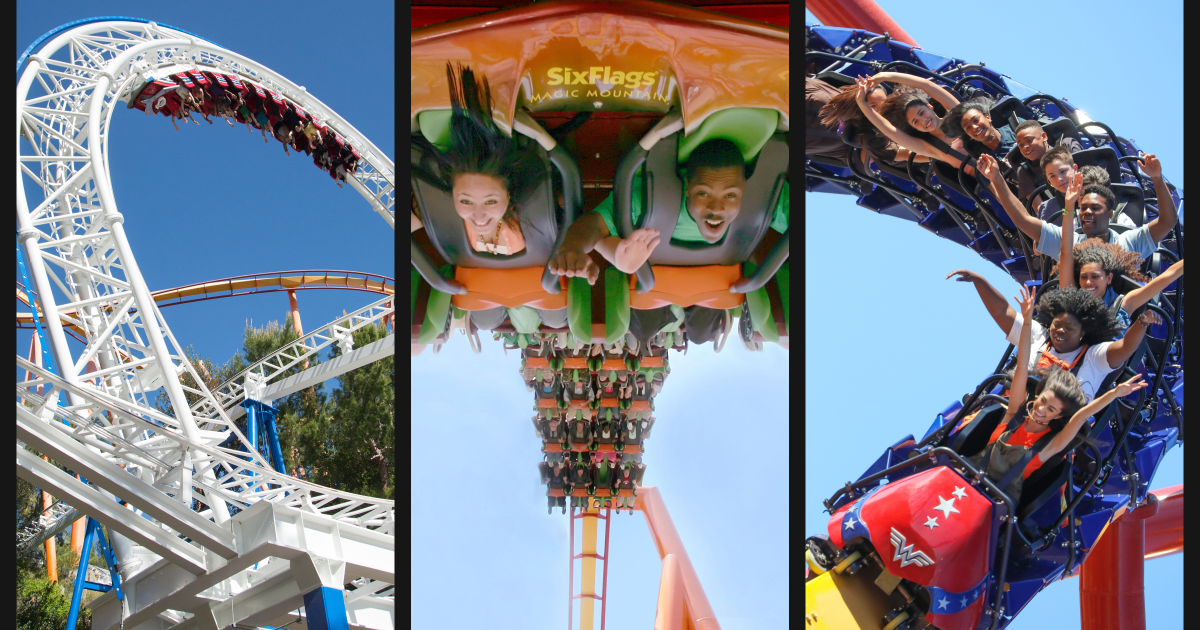Six Flags Magic Mountain, in its more than 50 years of existence, has solidified itself as one of the most thrill-packed amusement parks in America. Its stable of historic and modern coasters is unparalleled, and for connoisseurs of the form, Magic Mountain is cherished for its mix of coaster styles — be it wooden, loop-based, single-rail or ones with mind-confounding seats that rotate 360 degrees. And though Magic Mountain has a large roster of kid-focused and standard amusement park attractions (think bumper cars), Disneyland this is not.
As The Times wrote in 1971 when the park opened, Magic Mountain is as different from Disneyland as Los Angeles is from San Francisco. One comes to this Valencia park to be jostled, to be rocketed through air, to be spun upside down and to experience sensations of racing at high speeds through twists, turns and loops. So here’s a confession: I’m not a thrill-seeking coaster hound.

My idea of a good time at a theme park is to slowly luxuriate in the presence of singing pirate robots. I knew I’d get sick if I tried to review the coasters of Magic Mountain by riding them all. Luckily I had a fallback plan.
Accompanying me to the park was a roller-coaster expert and theme park designer. I relied on Jeremy Thompson, who writes coaster reviews on his website Roller Coaster Philosophy and worked for a decade at theme park design firm Thinkwell, where he contributed to the design of such projects as Warner Bros. World Abu Dhabi.
I trusted T.























